How to Get Cat Urine Out of Wood Floors
How to Get Cat Urine Out of Wood Floors
Your fur baby had an accident in your living room and peed in the corner. Now there is a wet spot there, it's getting darker, and it smells. If left unaddressed, cat urine can not only leave an unpleasant odour but also cause damage to your beautiful wooden surfaces. Here, you will learn how to get cat urine out of wood floors without damaging them.
Cat urine is notoriously difficult to remove from wood floors because it penetrates quickly into the porous fibres of the wood, often seeping beneath the finish and into the subfloor if not cleaned immediately.
The uric acid in cat urine forms crystals that are insoluble in water, meaning they can’t be fully removed with simple mopping or household cleaners. As the urine breaks down, it releases ammonia and other pungent compounds, which can linger for months—or even reappear in humid weather—if the affected area isn’t properly treated.
Additionally, the strong odour can encourage repeat marking by the cat, making a thorough and targeted cleaning process essential to prevent long-term damage and recurring smells.
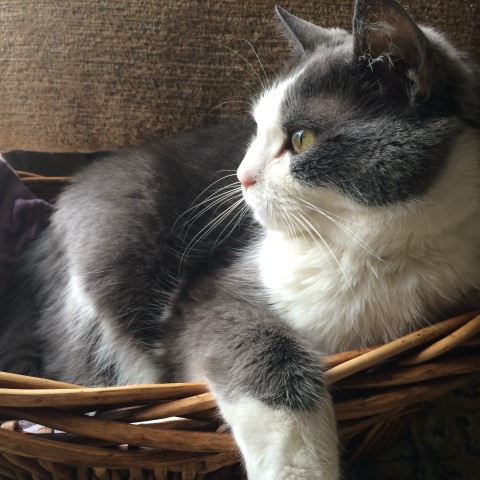
Why is Cat Urine so Difficult To Remove?
Cat urine’s composition makes it especially destructive to wood floors because each component interacts with the wood in a different—and often harmful—way. Here is how to get cat urine out of wood floors.
Main Components of Cat's Urine and Their Impact on Wood Floors
Urea
Uric Acid
Creatinine & Other Nitrogenous Waste
Salts & Minerals
Bacteria & Decomposition Byproducts
Why It’s So Hard to Fix:
Once cat urine penetrates beyond the finish into the raw wood, cleaning becomes more than a surface job—it often requires deep cleaning agents that neutralize uric acid crystals, or in severe cases, sanding and refinishing the damaged area. how to get cat urine out of wood floors
Understanding these challenges highlights the importance of using specific cleaning techniques and products designed to tackle the unique properties of cat urine. By doing so, you can effectively break down the urine components and prevent further damage to your wood floors.
It Is CRUCIAL to Address Cat Urine Stains Immediately
Addressing cat urine on wood floors quickly is critical because time directly determines the severity of the damage and the difficulty of removal. In the first few minutes after an accident, the liquid is mostly sitting on the surface of the floor’s finish. If you blot it up immediately, you can prevent most penetration into the wood fibers. However, if it’s left to sit—even for an hour—uric acid crystals begin to work their way through microscopic pores in the finish, embedding into the wood grain where standard cleaners can’t reach.
The longer urine remains, the more likely it is to cause permanent staining, finish breakdown, and deep-set odors that resurface with changes in humidity. Once it reaches the subfloor, odors can persist for years and may require costly repairs or board replacement. Quick action not only stops the chemical reaction that causes discoloration and etching, but also prevents your cat from marking the same spot again—because lingering odors act like a “scent beacon” encouraging repeat accidents.
In short, prompt cleanup isn’t just about hygiene—it’s about protecting the integrity of your wood floors, controlling long-term costs, and maintaining a fresh, odor-free home.
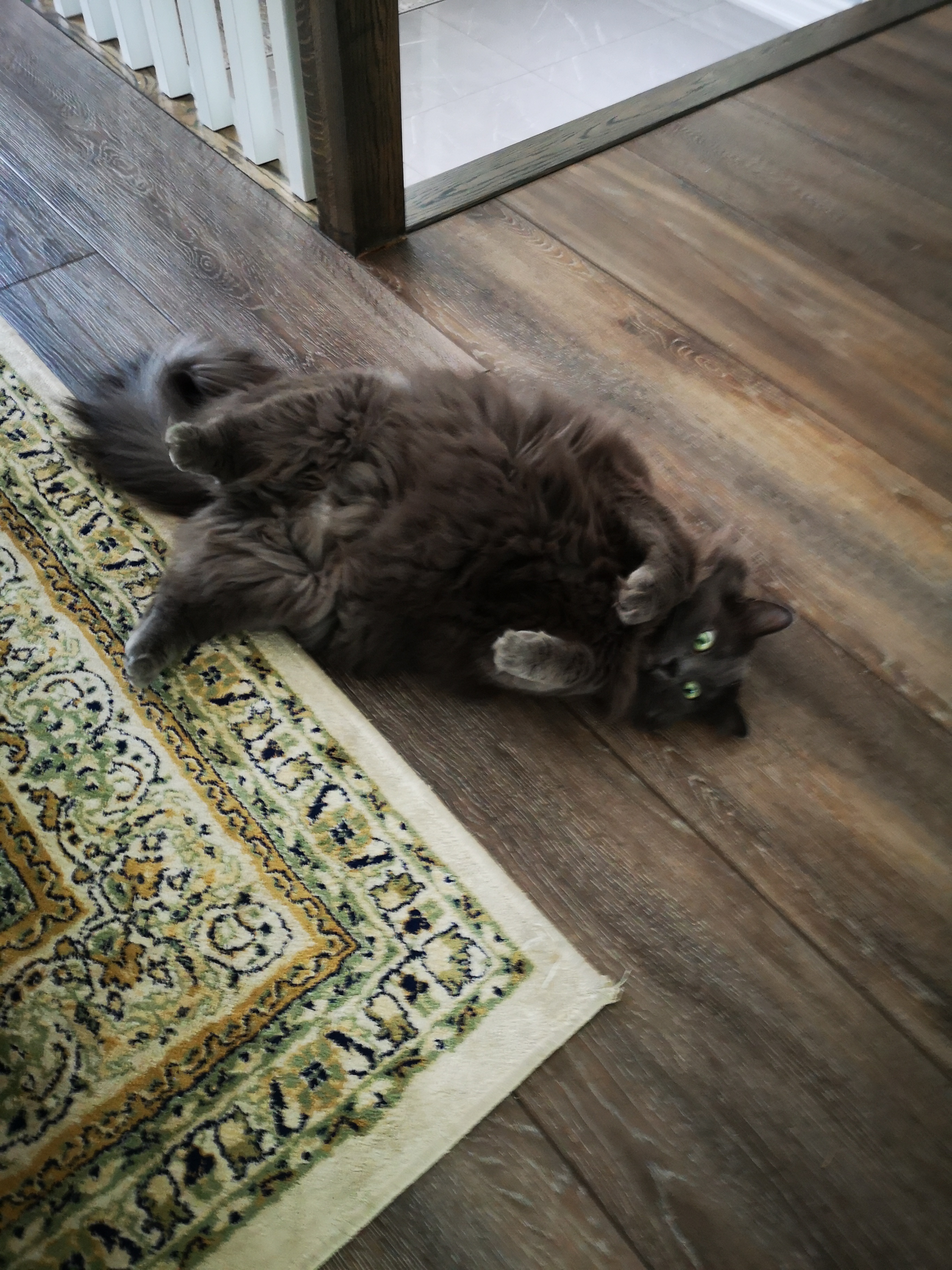 No, she is not fat, her fur makes her look puffy
No, she is not fat, her fur makes her look puffySupplies Needed For Cleaning Cat Urine From Wood Floors
Cleaning & Neutralizing
Protective & Application Tools
Finishing & Repair

Step-By-Step Guide: How To Get Cat Urine Out Of Wood Floors
Before You Start (Quick Prep)
Tools & Supplies
Safety & finish check
A) Fresh Accident (0–15 minutes)
- Blot immediately. Lay paper towels and press—don’t rub—until no more moisture transfers.
- Apply enzymatic cleaner. Mist enough to wet the surface where the urine touched.
- Dwell time. Let enzymes work per label (often 5–15 minutes). If it evaporates quickly, cover loosely with plastic to keep it damp.
- Light agitation. Gently brush to reach micro-pores in the finish.
- Wipe & rinse. Wipe up; lightly mist with distilled water and wipe again.
- Dry fast. Microfiber dry, then run a fan/dehumidifier for 30–60 minutes.
If odor is gone and finish looks intact, you’re done. If a faint smell lingers, repeat steps 2–6 once.
B) Dried or Unknown Spots (odor but no visible stain)
- Locate. Use a UV flashlight at night—urine often fluoresces.
- Pre-clean. Wipe area with a barely damp microfiber to remove dust/film.
- Enzyme soak. Spray enzymatic cleaner generously; keep it damp 20–30 minutes (cover with plastic if needed).
- Wipe & dry. Remove residue, quick rinse with distilled water, then dry with fan.
- Deodorize (optional). Once fully dry, sprinkle a light layer of baking soda, leave 1–2 hours, then vacuum.
Repeat the enzyme cycle 1–2 times if odor persists. If smell returns with humidity, continue to Section D.
C) Visible Stain or Finish Damage (dark halo, cloudy finish)
Goal: Lift discoloration trapped near the surface, then re-protect.
- Assess finish. If the finish is peeling, white-blushed, or soft, plan on a localized refinish (see Step C6).
-
Peroxide poultice (light stain lifting).
Saturate folded paper towels with 3% hydrogen peroxide.
Lay over the stain; cover with plastic to prevent evaporation.
Dwell 30–60 minutes. Check progress every 20 minutes.
Remove, wipe, and dry with a fan.
Repeat up to 2–3 cycles if needed.
Note: Peroxide can slightly lighten wood/finish—stop if lightening becomes obvious or if finish turns hazy. - Enzyme follow-up. After peroxide cycles, apply enzymatic cleaner once to neutralize any remaining uric crystals; wipe and dry.
- Evaluate. If staining remains but is lighter, you can live with it or proceed to spot refinishing.
- For oil-finished floors: Avoid peroxide dwell; use manufacturer-approved cleaner and consider refreshing with matching hard-wax oil.
- Spot refinish (if finish is compromised). Feather-sand the finish only with a fine pad (avoid bare wood, especially on engineered veneer). Tack cloth, then apply a thin coat of compatible polyurethane (or hard-wax oil). Let cure per label; add a second coat if needed.
If the stain is very dark/etched into the wood, a professional refinish may be the only way to erase it. For engineered floors with thin veneer, choose a buffing recoat over heavy sanding when possible.
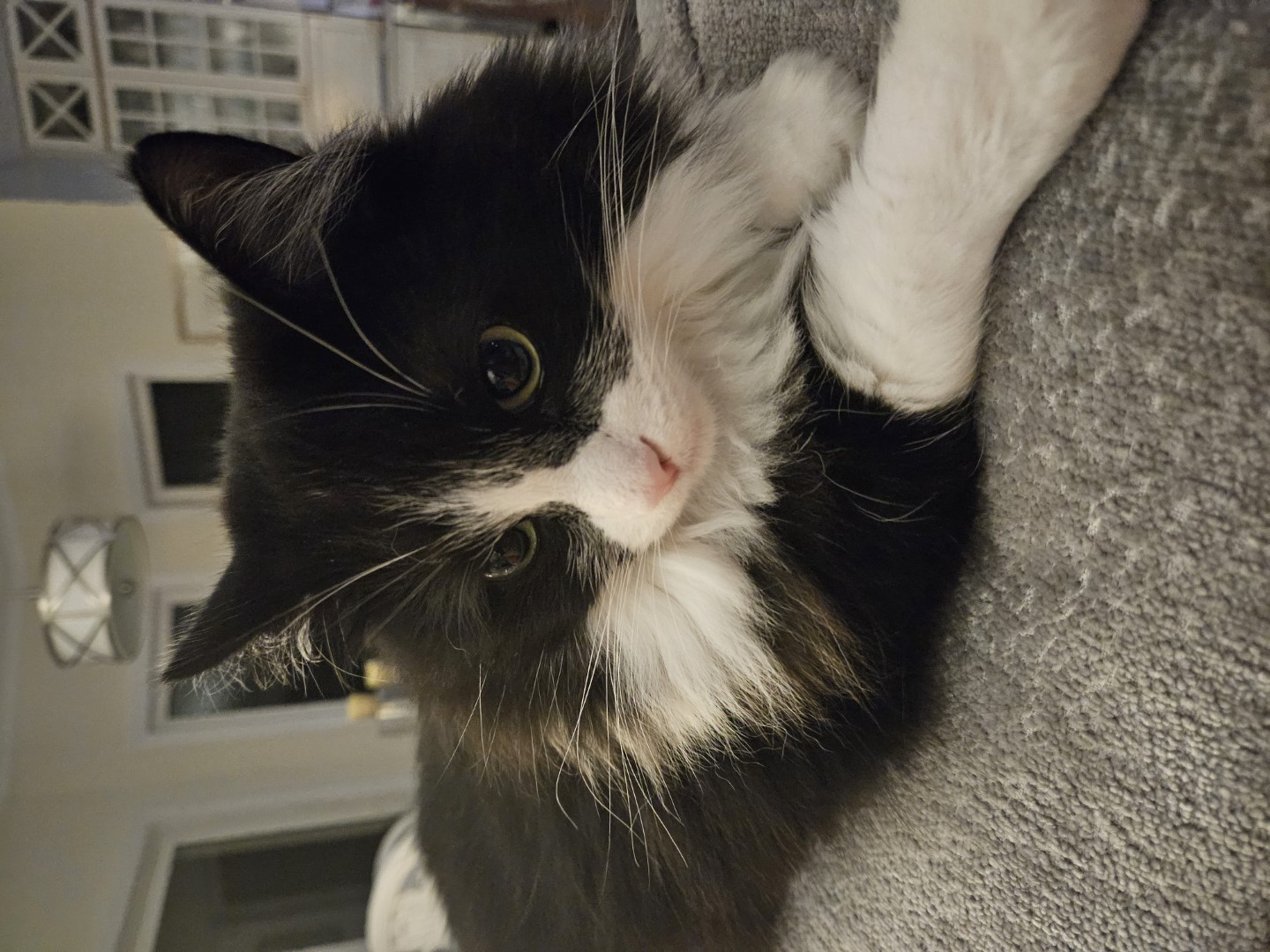 How to Get Cat Urine Out of Wood Floors
How to Get Cat Urine Out of Wood FloorsD) When the Odor Keeps Coming Back (possible subfloor contamination)
E) Finishing Touches & Prevention
Quick Decision Cheat-Sheet
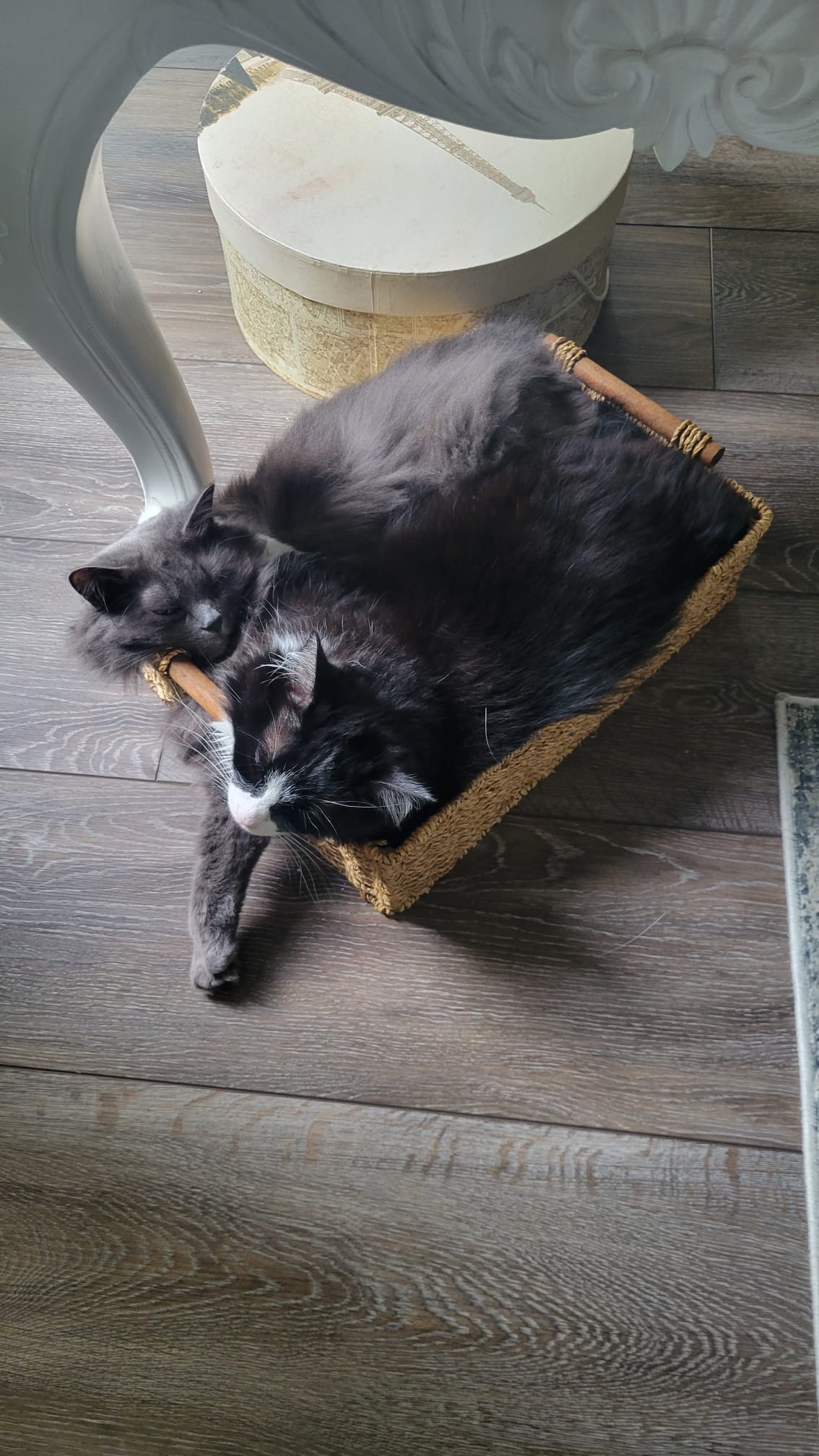 How to Get Cat Urine Out of Wood Floors
How to Get Cat Urine Out of Wood FloorsWhen to Call Us?

Return to Home Page
Return to the top of the How to Get Cat or Dog Urine Out of Wood Floors page.
Visit our Instagram


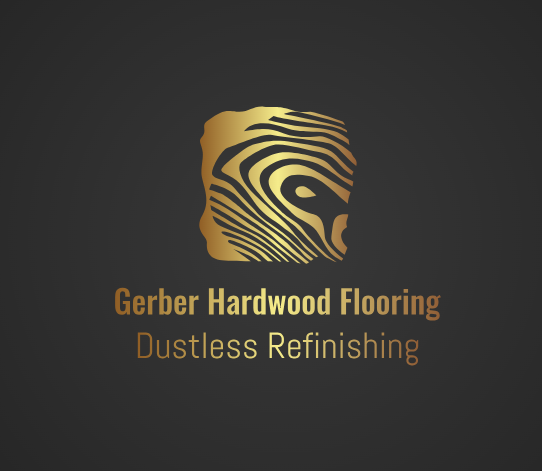







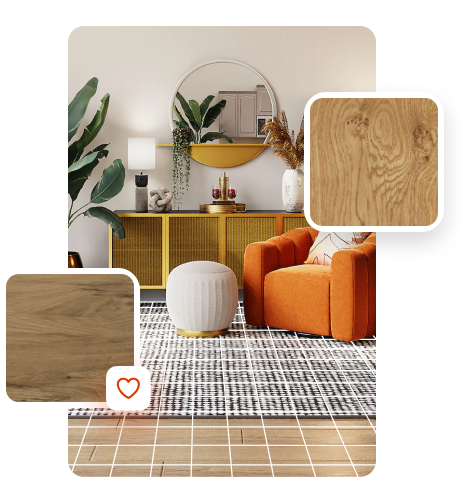

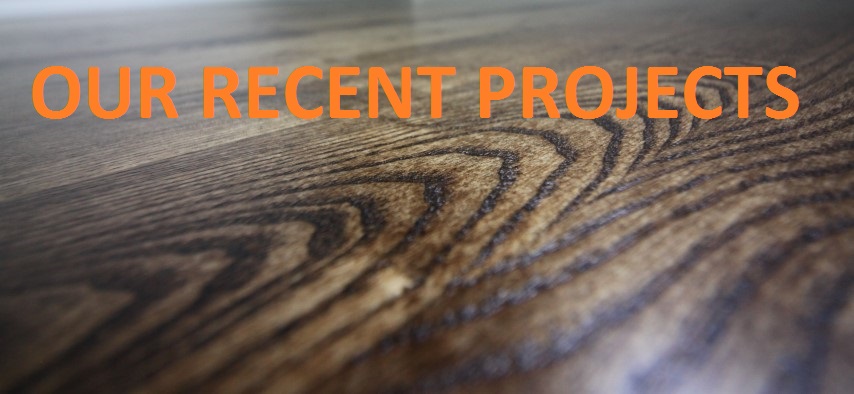





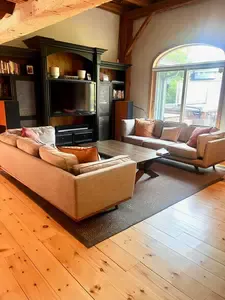







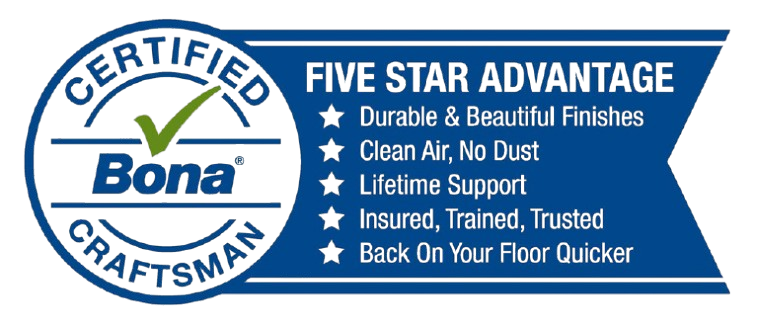



New! Comments
Have your say about what you just read! Leave me a comment in the box below.